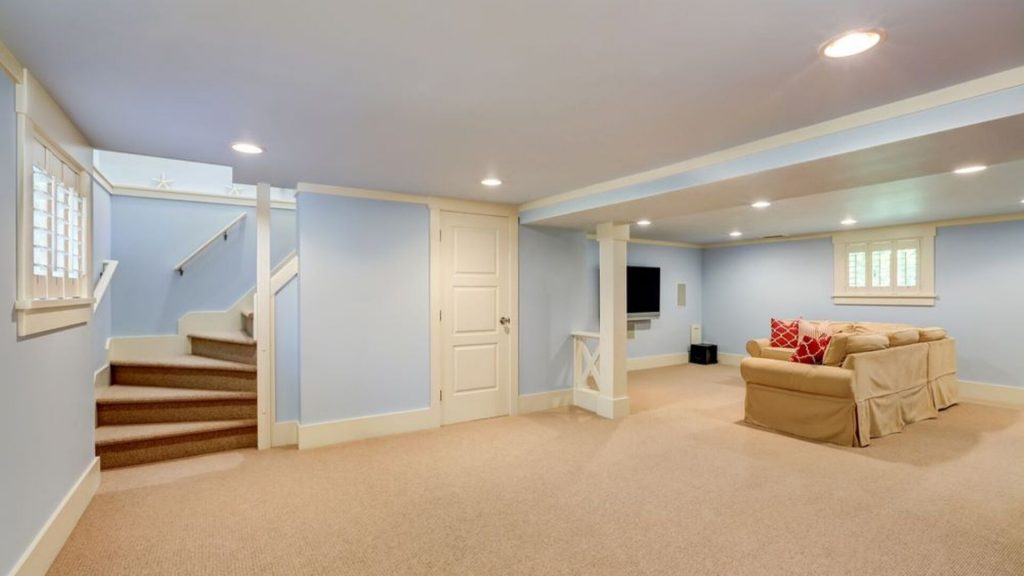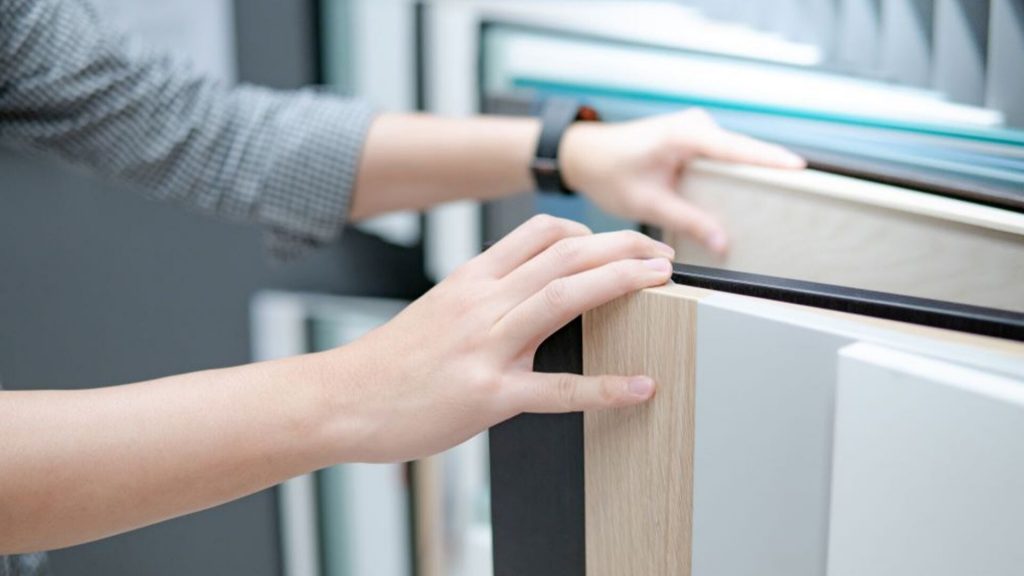A whole-house renovation is an exciting prospect. You’ll finally be getting the home you want and fixing the problems that drive you crazy. But, along with the promise comes a lot of stress. You may have to move out of your home for a while, but if you don’t, you’ll be living in a construction zone until everything is done.
We like to help our clients mitigate the stress as much as possible. We feel that the better prepared you are for each phase of the process, the less worrisome it will be.
1. Developing The Calendar
First, we develop a calendar. Often, there may be an event that has influenced the remodel, such as the impending birth of a child. Perhaps you want to have the work done before the holidays because the whole family is coming to stay. Once we have the end date, we work back from there to determine timeframes. If the project evolves, which it often does, we need to make those allowances. At any rate, it’s all in one master calendar that you can plan around.
The calendar also tells you when things will be turned off. For example, if you know the water is going to be off over specific days, you might want to plan to be away during that time. We had one client recently who planned their two-week vacation during the time when most of the demolition was being done, which, in the end, saved them a lot of stress and aggravation.
 2. Choose A Space That Will Remain Untouched
2. Choose A Space That Will Remain Untouched
We always recommend picking a section of the house that will stay untouched. Depending on the scope of the work, we might assemble a makeshift kitchen and a bedroom in your basement. Then, you can always close the door and get a little break from all the dust, noise, and commotion.
3. Keeping Your Things Safe
We might rent a pod to put out in front of the house or rent an off-site storage unit nearby. This way, we can get everything out of the house that isn’t needed. Necessary things will be put into the “untouched” area.
For things that can’t be moved, like large antique furniture, grand pianos, that sort of thing – we put them off to the side and cover them up. In the past, we’ve built temporary rooms that are drywalled on one side for this purpose. This is something we always ask people to think about.
4. Have A Cushion For The Unexpected
Another thing that we always suggest is to have some extra money in the budget. Never go in thinking it’s going to be the exact amount in the contract because there will often be unexpected things that can tip the apple cart. This could be something you decide you want after the work has already begun or it could be something unforeseen that needs to be taken care of. We typically recommend 10 to 15 percent, depending on the project.
Part of that extra budget allocation could be for rentals during the project or for making a temporary kitchen in your basement, that sort of thing.
We had a renovation recently where all the outlets that we could see had been rewired, but in actuality, the only outlets that were rewired were the ones we could see. When we started opening it up, it was all knob and tube, which is just exposed wire that’s run through the walls. This is how they used to do it back in the day; the wire is live, it runs through the walls, and there’s no covering it. It’s dangerous. If you have some wiggle room in the budget, we can just deal with it instead of you having to worry about the fire hazard down the road.
 5. Making Your Selections Before We Get Started
5. Making Your Selections Before We Get Started
Making your selections before the work begins is a big time-saver. Plus, if you wait to order something you like, it might be sold out by the time you get to it, and that can really mess with the schedule.
6. The Build Clean System
Finally, the Build Clean system is something that makes it possible to live in the house during the renovation. It’s a HEPA filter system that scrubs the air, drawing air in and removing the impurities. As long as we keep that air scrubber running all the time, you’ll always have clean air to breathe.
Are you preparing for a remodel to your Maryland or Washington, DC, home? We’d love to show you how we can help. Reach out today, and let’s start the conversation.



 5. Making Your Selections Before We Get Started
5. Making Your Selections Before We Get Started 

